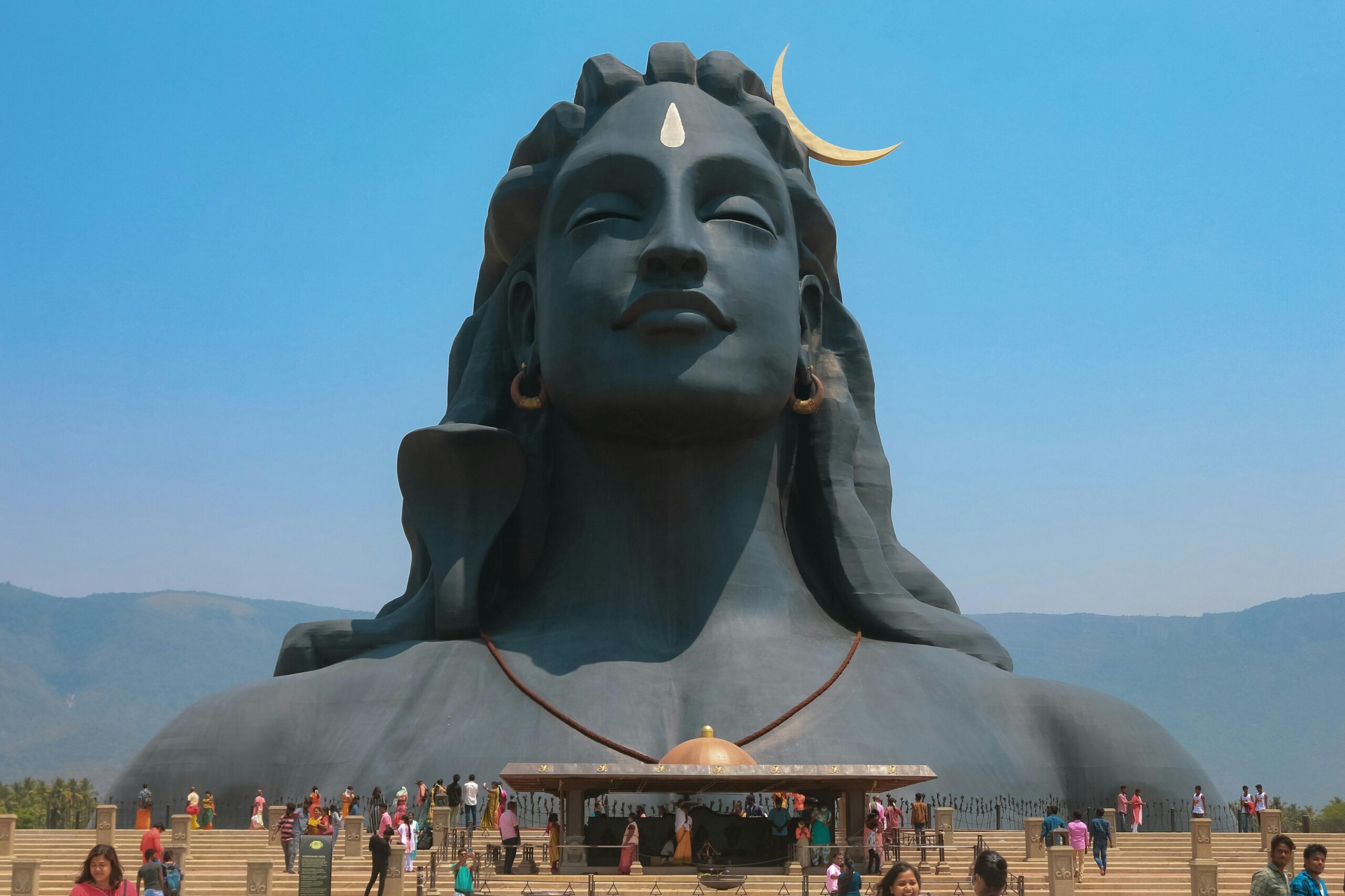Table of Contents
Introduction:
Life can be a whirlwind, can’t it? Between work, family, and the endless to-do lists, it’s easy to feel like you’re constantly running on empty. If you’re feeling overwhelmed, you’re not alone—stress and anxiety have become part of daily life for many of us.
In fact, modern living seems to keep piling on more and more pressure, leaving little room for relaxation techniques or mental rest.
But here’s the good news: You don’t have to accept stress as a permanent companion. There are simple, effective ways to reclaim your calm and feel more balanced, even in the busiest of times.
This blog is all about sharing 9 simple relaxation techniques that can help you reduce stress, manage anxiety, and feel more at ease.
These techniques are easy to practice and can fit into your daily routine, no matter how busy you are. Ready to find your calm? Let’s dive in!

1. Deep Breathing Exercises: Calm Your Nerves in Seconds
We all breathe, but did you know that the way you breathe can affect your stress levels? Deep breathing is one of the simplest and most powerful relaxation techniques out there.
It’s like hitting a reset button for your body and mind. By focusing on slow, deep breaths, you activate the relaxation response in your nervous system, helping to reduce anxiety and ease tension.
Here’s a simple breathing exercises you can try anywhere:
The 4-7-8 Breathing Technique:
- Sit comfortably or lie down.
- Close your eyes and take a deep breath in through your nose for 4 seconds.
- Hold your breath for 7 seconds.
- Exhale slowly through your mouth for 8 seconds.
- Repeat this for 3-4 minutes.

Why it works: This exercise helps you relax almost instantly, making it perfect for those stressful moments when you need to calm your mind fast. It’s like a mini-meditation session that fits right into your day!
2. Progressive Muscle Relaxation (PMR): Let Go of Tension, Body and Mind
You ever notice how your shoulders tense up when you’re stressed? Or how your jaw tightens without you even realizing it? Progressive Muscle Relaxation (PMR) is a technique that helps you release that physical tension, which in turn helps reduce mental stress.
Here’s how you can give it a try:
PMR Routine:
- Find a quiet, comfortable spot to sit or lie down.
- Start by tensing the muscles in your feet and toes, holding for about 5 seconds.
- Release the tension and relax for 10-15 seconds.
- Gradually move up through your body, tensing and relaxing each muscle group—calves, thighs, abdomen, arms, shoulders, neck, and face.
Why it works: As you tense and then release your muscles, you teach your body to recognize what relaxation feels like. It’s a great way to unwind and ease physical stress, especially after a long day.
3. Mindfulness Meditation: Embrace the Present Moment
Mindfulness is all about being fully present in the moment—no judgment, no distractions. When life feels like it’s moving at a million miles an hour, it’s easy to forget to just be.
Mindfulness meditation is one of the most powerful ways to reduce anxiety and give your mind a break from constant worrying.
Here’s a simple meditation to try:
- Find a quiet place and sit comfortably.
- Close your eyes and take a few deep breaths.
- Focus on the sensation of your breath entering and leaving your body.
- If your mind starts to wander (which it will!), gently bring your attention back to your breath.
- Start with just 5-10 minutes and gradually build up to longer sessions.
Why it works: Mindfulness helps you stay grounded in the present, reducing the mental chatter that often fuels anxiety. Over time, it can transform how you respond to stress.
4. Guided Visualization: Picture Yourself in a Calmer Place
Ever wish you could just escape for a few minutes and go somewhere peaceful? Well, you can, in your mind! Guided visualization is like a mini mental vacation. By imagining yourself in a calming, peaceful place, you can instantly feel more relaxed and centered.
Here’s a quick visualization exercise:
Visualization Exercise:
- Close your eyes and find a comfortable spot.
- Picture yourself on a quiet beach, with the sound of the waves gently rolling in.
- Imagine the warmth of the sun on your skin and the scent of salty ocean air.
- Spend a few minutes fully immersing yourself in this peaceful scene.

Why it works: Visualization helps shift your focus away from stress, giving your mind a chance to reset. It’s a great tool for anxiety relief and a quick way to create a moment of calm.
5. Yoga and Stretching: A Gentle Way to Relieve Stress
If you’ve ever tried yoga or even a simple stretch, you know how much it can relax your body and mind. Yoga for stress relief combines mindful movement with breath, helping you release physical tension while calming your mind.
Here are a few beginner-friendly yoga poses to try:
- Child’s Pose: Sit on your knees, stretch your arms out in front of you, and relax your forehead on the ground.
- Cat-Cow Stretch: On your hands and knees, alternate between arching your back (cow) and rounding your spine (cat), syncing your breath with each movement.
- Seated Forward Bend: Sit with your legs extended in front of you and gently fold forward, reaching for your toes.
Why it works: Yoga and stretching not only loosen up tight muscles, but also calm the mind. Plus, they’re great for overall flexibility and well-being, so you get physical and mental benefits in one go.
6. Aromatherapy for Relaxation: Let Scent Set the Mood
The power of scent can have a huge impact on your mood. Aromatherapy for anxiety is all about using essential oils like lavender, chamomile, and eucalyptus to create a soothing environment that promotes relaxation.
Here’s how to use aromatherapy:
- Use an essential oil diffuser to fill your space with calming scents.
- Apply a drop of lavender or chamomile oil to your pillow before bed.
- Add a few drops of eucalyptus oil to a warm bath to unwind.
Why it works: Aromatherapy taps into the senses, providing stress relief and creating a calming atmosphere around you. The right scent can help reduce anxiety and make your space feel like a sanctuary.
7. Journaling for Mental Clarity: Write Your Stress Away
Writing isn’t just for authors—it’s also an incredible tool for mental clarity and stress relief. Journaling helps you process your thoughts and feelings, which can reduce anxiety and give you a clearer perspective.
Here are a few simple journaling prompts to try:
- “What am I grateful for today?”
- “How can I address the stress I’m feeling right now?”
- “What’s one thing I can do for myself today to feel better?”
Why it works: Journaling allows you to unload your thoughts, helping you make sense of your emotions and get a mental “reset.” It’s a wonderful way to manage stress and gain emotional release.
8. Listening to Calming Music: Let the Melody Soothe Your Mind
Music has the power to transport us to another place, and the right tunes can instantly relax your mind. Calming music for anxiety is a quick way to create a sense of peace in your day.
Here are some music recommendations:
- Classical music (think Bach or Mozart)
- Nature sounds (like birds chirping or ocean waves)
- Gentle instrumental music (piano or acoustic guitar)
Why it works: Listening to calming music reduces cortisol levels, helps clear mental clutter, and can be a quick fix for stress. It’s a simple, enjoyable way to reset your mood.
9. Spending Time in Nature: A Natural Stress Reliever
Nature has an almost magical ability to help us relax. Whether you’re walking through a park, sitting by a lake, or simply breathing in the fresh air, spending time outside is one of the best ways to lower stress and feel more grounded.

Here are some nature activities to try:
- Take a walk in the park or forest.
- Spend time gardening or tending to plants.
- Sit outside and enjoy the view, whether it’s a garden, a lake, or a quiet street.
Why it works: Nature naturally lowers stress and helps you feel more connected to the present moment. It’s an easy way to relieve anxiety and reset both your body and mind.
Conclusion:
Stress and anxiety can feel overwhelming, but you don’t have to face them alone. By incorporating these relaxation techniques into your daily routine, you can start to reduce stress, manage anxiety, and find more peace in your life.
It’s all about consistency and discovering what works best for you.
Which technique will you try first? I’d love to hear from you in the comments—let’s share and support each other on this journey to greater peace and relaxation!


